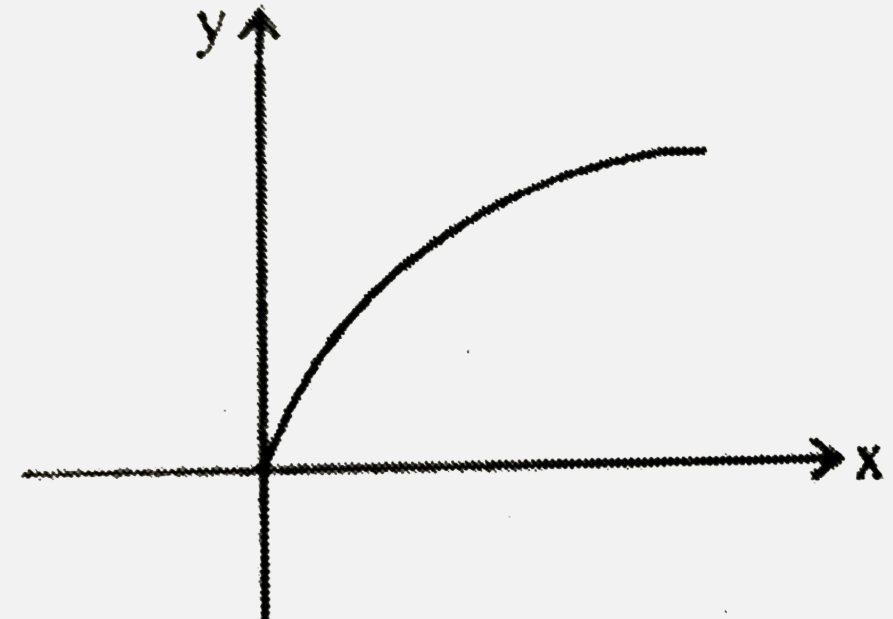Mark correct option 
A
A
B
B
C
Both A & B
D
Neither A nor B
Video Solution
Text Solution
The correct Answer is:A
|
Answer
Step by step video, text & image solution for Mark correct option by Physics experts to help you in doubts & scoring excellent marks in Class 12 exams.
Updated on:21/07/2023Topper's Solved these Questions
Similar Questions
Knowledge Check
Mark the correct option:
AFauss's law is valis only for symmetrical charge distributions.BFauss's law is valid only for charge placed in vacuum.CThe electric field calculated by Gauss's law is the field due to the charges inside the Gaussian surface.DThe flux of the electric field through a closed surface due to all the charges is equal to the flux due to the charges enclosed by the surface.Mark the correct option:
AA system X is in thermal equililbrium with Y but not with Z. System Y and Z may be in thermal equilibrium with each other.BA system X is in thermal equlibrium with Y but not with Z. System Y and Z are not in thermal equilibrium with each other.CA system X is neither in thermal equilibrium with Y nor with Z. The system Y and Z must be in thermal equilibrium with each other.DA system X is neither in thermal equilibrium with Y nor with Z. The system Y and Z may be in thermal equilibrium with each other.Mark the correct options :
AIf the far point is 1m away from the eye, diverging lens should be used,BIf the near point is 1m away from the eye, divergent lens should be used,CIf the far point goes ahead, the power of the divergent lens should be reduced,DIf the near point goes ahead, the power of the convergent lens should be reduced.
